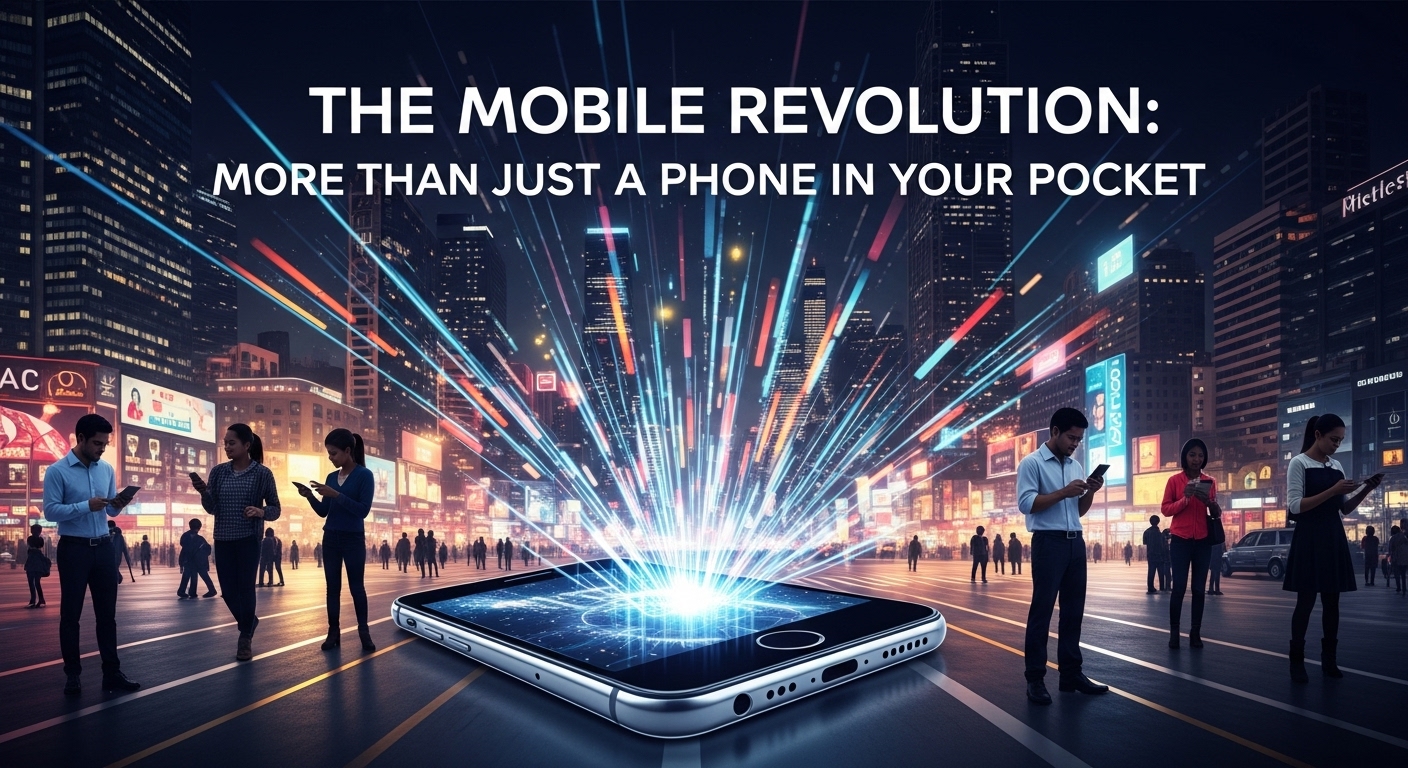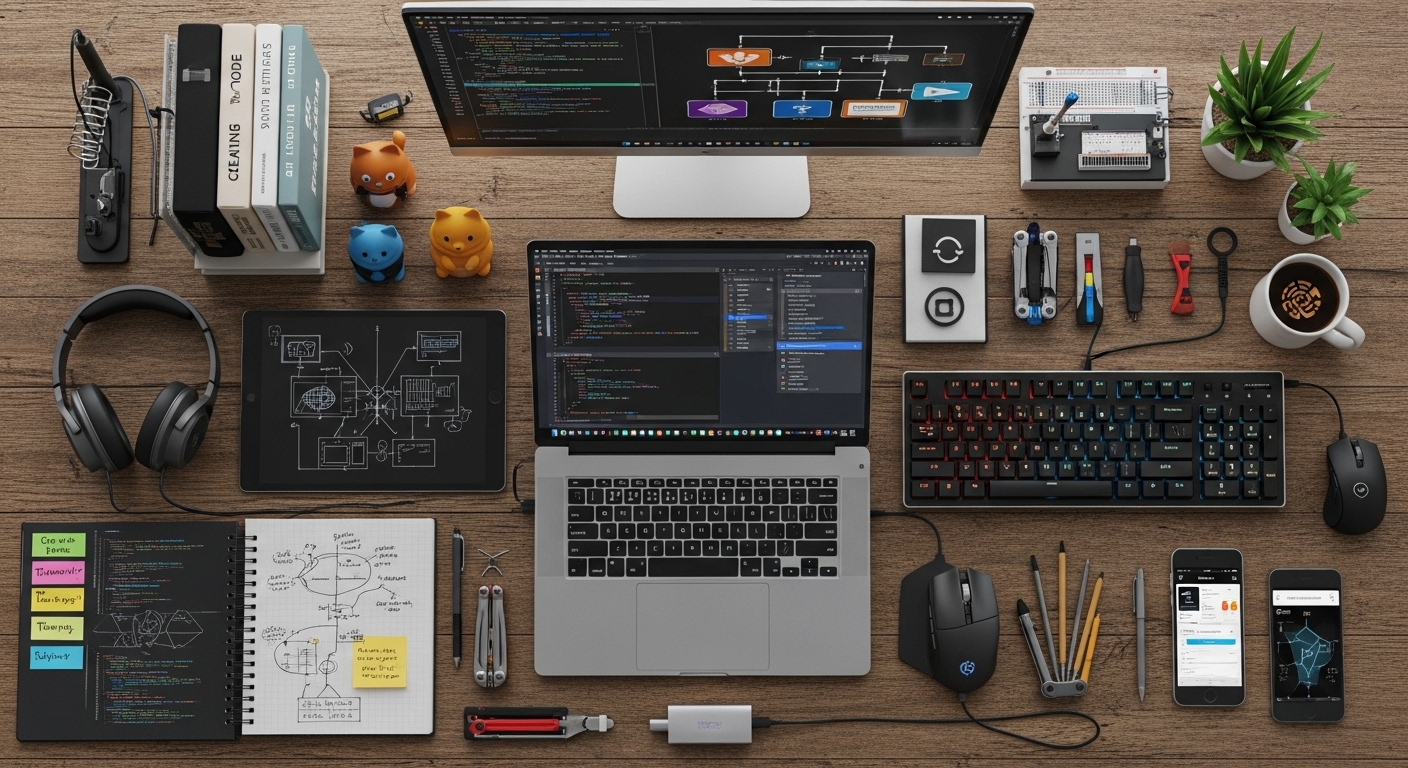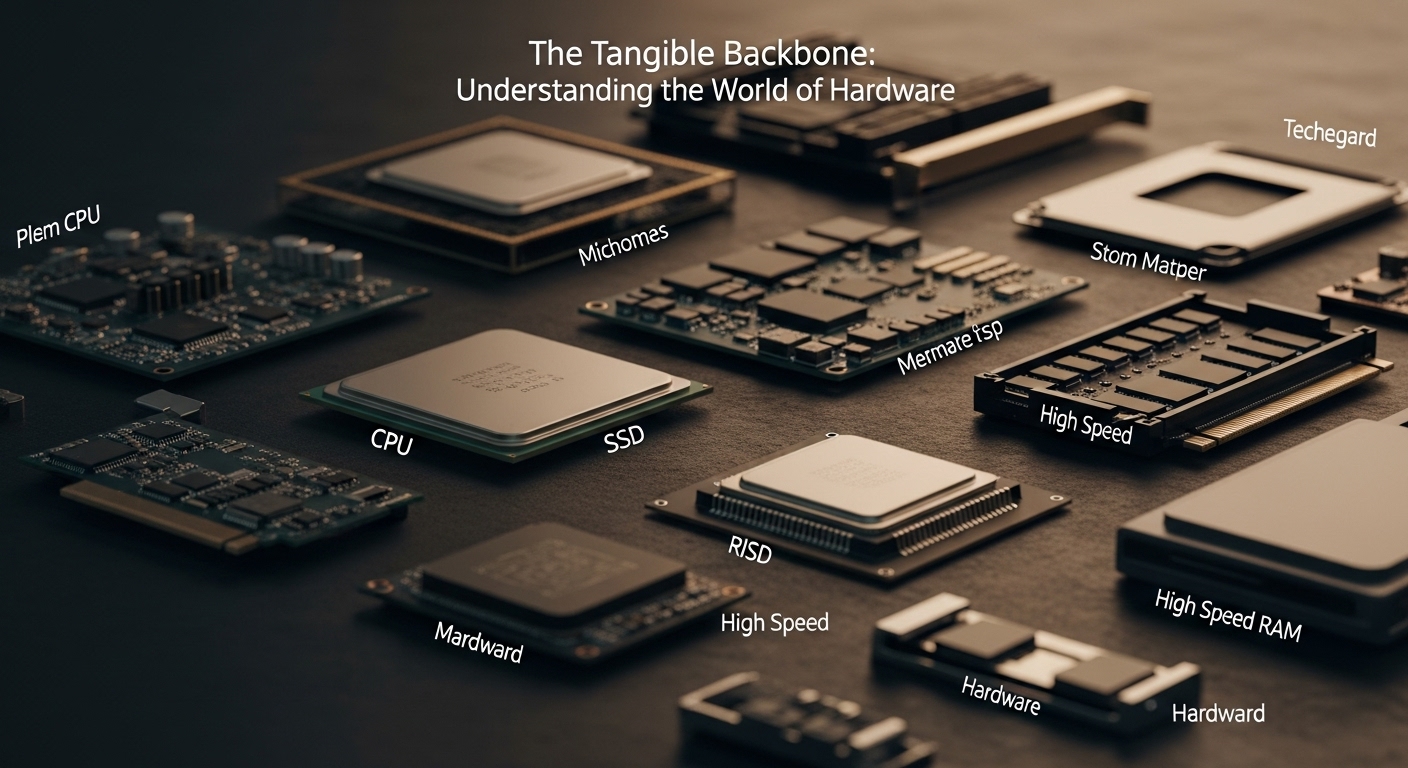From its humble beginnings as a bulky, two-kilogram “brick” in 1973, the “mobile” device has undergone a truly astonishing metamorphosis. What started as a simple tool for voice communication has evolved into a pocket-sized supercomputer, fundamentally reshaping how we live, work, and interact with the world. Today, in mid-2025, mobile technology is not just pervasive; it’s the central nervous system of our digital existence.
From 1G to 5G and Beyond: A Generational Leap
The story of mobile is largely the story of cellular network generations:
- 1G (Early 1980s): Analog voice calls, limited capacity. Think car phones and the iconic Motorola DynaTAC.
- 2G (Early 1990s): Introduced digital voice, enabling SMS (Short Message Service) and later MMS (Multimedia Messaging Service). Nokia’s ubiquitous 3310 epitomized this era.
- 3G (Early 2000s): Ushered in mobile internet access, video calling, and faster data speeds, making early smartphones viable.
- 4G (Late 2000s): Revolutionized mobile connectivity with significantly higher speeds, paving the way for ubiquitous video streaming, rich mobile gaming, and the app economy as we know it.
- 5G (Late 2010s – Present): The current frontier. 5G promises ultra-low latency, incredibly high speeds (up to 10 Gbps), and massive connectivity for billions of devices. It’s the backbone for future innovations like widespread IoT, advanced augmented reality (AR), and even autonomous vehicles.
The Smartphone Era: A World in Your Hand
The true turning point arrived with the advent of the smartphone. While IBM’s “Simon Personal Communicator” in 1992 dabbled in smartphone features, it was Apple’s iPhone in 2007, followed closely by Google’s Android platform, that ignited the smartphone revolution. These devices merged communication with powerful computing capabilities, high-resolution touchscreens, and, crucially, vibrant app ecosystems.
Today’s smartphones are marvels of engineering, packing multiple high-resolution cameras, powerful processors (often with dedicated AI chips), biometric security, and an array of sensors into impossibly thin designs. They have become:
- Communication Hubs: Beyond calls and texts, they enable instant messaging, video conferencing, and social media interactions across the globe.
- Personal Computers: Capable of handling complex tasks, from document editing to graphic design.
- Entertainment Centers: Streaming movies, playing graphically intensive games, and accessing vast libraries of music.
- Productivity Tools: Managing schedules, emails, banking, and facilitating remote work.
- Navigation Devices: GPS and mapping applications have made getting lost a rarity.
- Health and Fitness Trackers: Integrating with wearables and apps to monitor well-being.
- Portable Wallets: Mobile payment systems have become increasingly prevalent and secure.
Societal Impact: A Double-Edged Sword
The mobile phone’s impact on society is profound and multifaceted:
Positive Impacts:
- Enhanced Connectivity: Bridging geographical distances, allowing instant communication with family, friends, and colleagues worldwide.
- Information Democratization: Providing instant access to a vast ocean of information, fostering learning and awareness.
- Economic Growth: Fueling the “app economy,” enabling e-commerce, mobile banking, and supporting remote workforces globally.
- Emergency Services: Acting as a vital lifeline in emergencies with GPS capabilities and direct access to help.
- Social and Political Change: Facilitating social movements, organizing protests, and documenting events, empowering individuals.
Challenges and Concerns:
- Digital Divide: While access has expanded, disparities in reliable connectivity and device affordability still exist.
- Addiction and Mental Health: Excessive usage can lead to addiction, sleep disturbances, anxiety, and impact face-to-face interactions.
- Privacy and Security: The vast amount of personal data collected by mobile devices raises significant privacy concerns and makes them targets for cyberattacks.
- Misinformation: The ease of sharing information can also accelerate the spread of fake news and harmful content.
- Screen Time: Growing concerns about the impact of prolonged screen time, particularly on younger generations’ physical and cognitive development.
The Mobile Horizon: What’s Next? (As of Mid-2025)
The mobile landscape continues its rapid evolution, driven by advancements in AI, connectivity, and form factors:
- Deeper AI Integration: Expect more sophisticated on-device AI for personalized experiences, enhanced photography (especially computational photography), proactive assistance, and seamless integration with large language models (LLMs) to create truly “agentic AI” experiences.
- Foldable Devices Gaining Traction: While still a premium niche, foldable phones are maturing, offering larger screens in compact forms. Expect more models and potentially lower prices in the coming years.
- Extended Reality (XR) Integration: AR and VR are increasingly merging with mobile. Smartphones will serve as crucial components for lighter AR glasses, and more immersive mobile AR experiences are becoming mainstream (e.g., Google Maps AR navigation).
- 6G Research and Development: While 5G is still rolling out globally, research into 6G is already underway, promising even faster speeds, lower latency, and capabilities for truly pervasive intelligence and holographic communication.
- Enhanced Security: With mobile payments and sensitive data becoming ubiquitous, biometric security (advanced facial and in-display fingerprint recognition) and robust software-level security measures will continue to evolve.
- Sustainability Focus: Manufacturers are increasingly prioritizing sustainable design, recyclable materials, and energy-efficient components in response to environmental concerns.
- Satellite Connectivity: Direct satellite-to-phone communication for emergency services and even basic messaging in remote areas is becoming a standard feature in high-end models.
- Edge AI Processors: More powerful, dedicated AI hardware on devices will enable complex AI tasks to be performed locally, enhancing privacy and speed.
The mobile phone has transcended its origins to become an extension of ourselves, an indispensable gateway to the digital world. As technology continues its relentless march forward, the “mobile” will undoubtedly remain at the forefront, shaping our future in ways we can only begin to imagine.



